It’s a sunny day at Calico Basin in Red Rock National Conservation Area (RRCNA) outside of Las Vegas. In the parking lot, climbers transfer trad racks into roll-top backpacks, and hikers lace up their shoes. A family of eight unloads a classic red-and-white cooler, and the oldest teenager grabs it by the handles and shuffles over to the picnic area. Past the shade pavilion, a boardwalk weaves atop a marshy meadow, lush with Velvet ash trees, mariposa lilies, and salt grasses. It’s a busy day: the parking lot is full and there must be three dozen people on the boardwalk loop, including an older woman with her grandson and a couple that looks like they came fresh from the Strip.
According to the Bureau of Land Management (BLM), Calico Basin is only getting busier. After the BLM enacted an entrance fee and reservation system for the main loop road in RRCNA, visitors flocked to this free area. In 2019, 700,000 people visited the site – a number the BLM expects to jump to one million by 2024. Because of this increase, the BLM is considering imposing a $20 day-use fee to access Calico Basin, too.
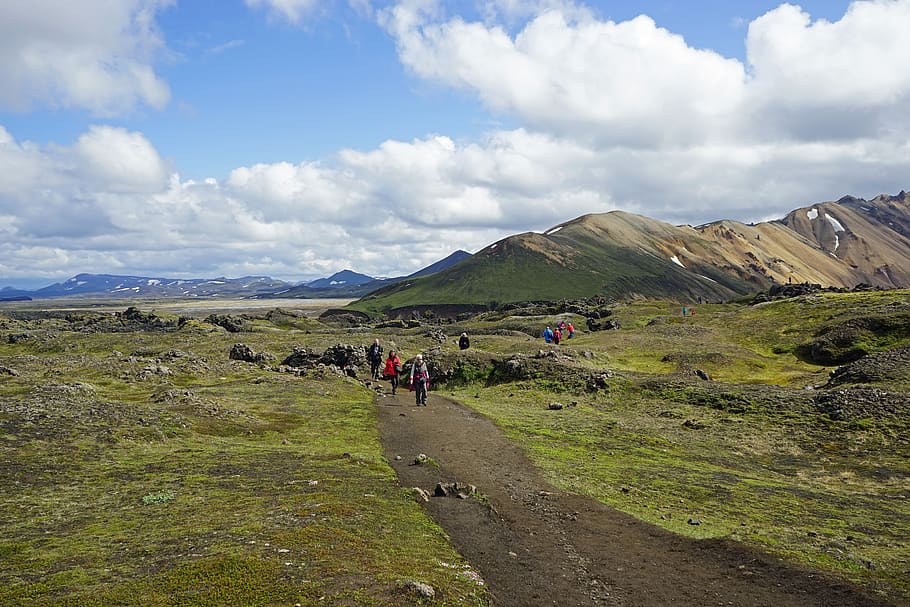
Because for many Americans, a $20 fee means the difference between a day out with their family and a day at home.
Federal agencies, like the National Park Service and BLM, use entrance and amenity fees to fund operations and limit visitation numbers at crowded destinations. “In general, fees are used by land managers to make sure they have the resources they need to manage parks and public lands and improve the visitor experience,” explains Chris Winter, the Executive Director of the Access Fund.
However, up until 2004, with the introduction of the Federal Lands Recreation Enhancement Act, the BLM and Forest Service (USFS) could not charge user fees. Now, under this fairly new regulation, agencies can charge amenity fees but the majority of revenue must be used to fund and maintain the sites where they are collected.
Without fees, many of our public spaces would not have the services, like bathrooms and picnic areas, that they do today. “Agencies are underfunded and have been particularly underfunded for the past 12 years because of budget caps. Currently, fees fill an important gap,” says Paul Sanford, the National Director of Policy at the Wilderness Society. However, while fees may not seem like a big deal to some, they prevent many lower-income visitors and families from accessing our public lands.
The Inequity of Fees
“Aside from national parks, fees are fundamentally antithetical to the notion of public lands,” says Winter. Our federal lands are a service that our government institutions provide to the American public through taxpayer dollars, similar to public education and national defense.
“In some ways, these lands could be viewed as infrastructure because we know the benefits of accessing nature for our mental health, physical health, and outdoor recreation economy,” explains Teresa Martinez, the Executive Director for the Continental Divide Trail Coalition. “But I tend not to say public lands because they’re not public anymore.”
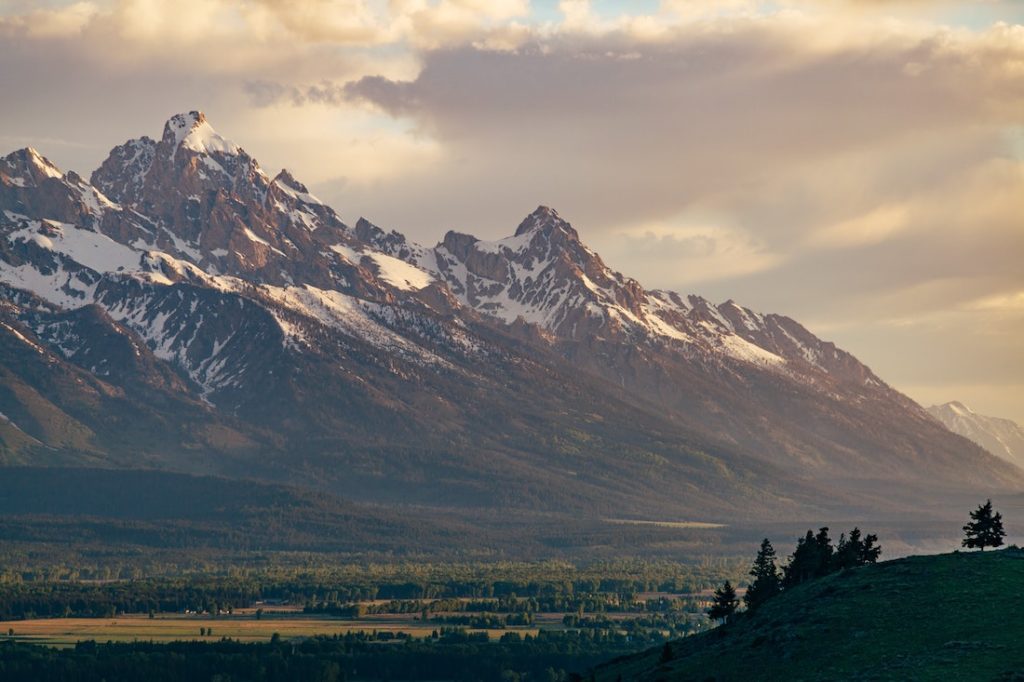
Fees are often proposed as the primary management strategy for both funding and crowd control, but they disproportionately affect different user groups. “First and foremost, fees are a barrier to access. Period,” explains Winter. “So, we have to be really careful to make sure that we’re not pricing people out of enjoying public lands.”
But that’s hard to do. A study by the National Recreation and Park Association found that public land fees substantially deter use for families that make less than $30,000 a year. Additionally, researchers at USU’s Institute of Outdoor Recreation and Tourism found that a fee as low as $3 displaces low-income users, who will often drive miles to avoid the toll booth.
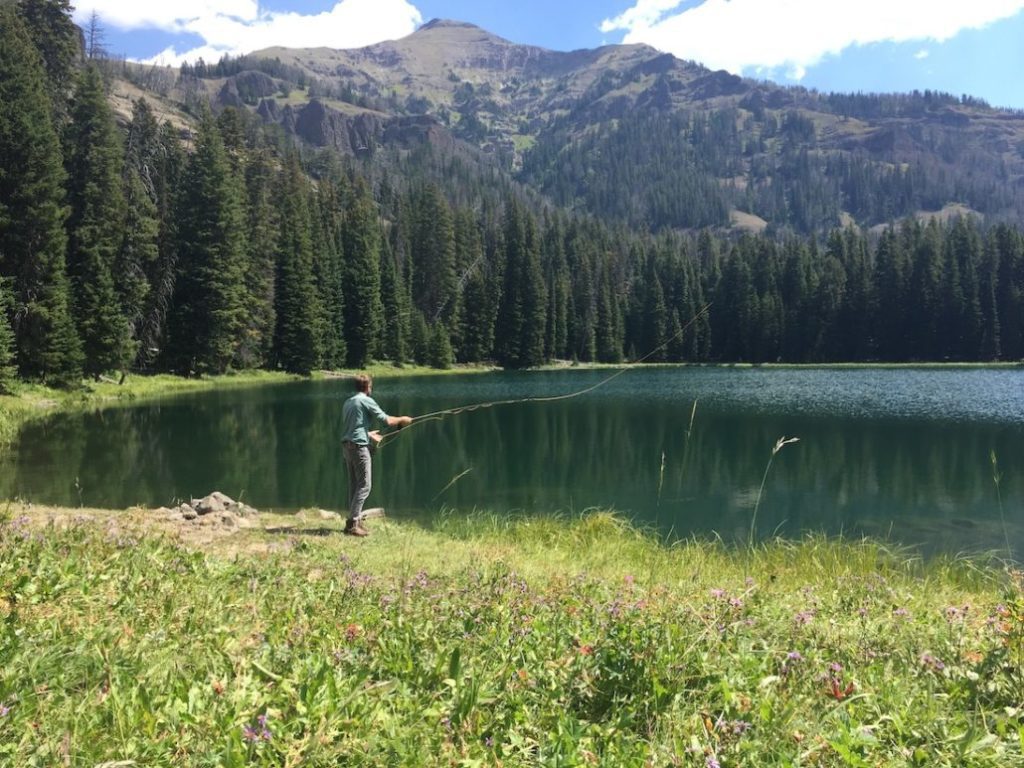 An angler tests his luck on USFS land in Montana. Photo: Margaret Donoghue.
An angler tests his luck on USFS land in Montana. Photo: Margaret Donoghue.
“Family budgets are real, man,” says Ángel Peña, the Executive Director for Nuestra Tierra Conservation Project. “We have three kids — it’s five of us total — and that’s something we take on. These fees are absolutely one of the first things you look at when you’re pricing out your adventure.”
Even though fees may help to limit visitor numbers, the impact is inequitably dispersed. “They’re not helping with overcrowding. They’re only allowing people with a certain capital power to occupy spaces,” says Gabaccia Moreno, the National Monuments Fellow at Nuestra Tierra Conservation Project and a member of the Outdoor F.U.T.U.R.E. Initiative, “Parks should provide affordable recreation access for all Americans regardless of socioeconomic status. When you start charging fees, you start moving away from that,” explains Sanford.
Do Funding Alternatives Exist?
In an ideal world, fees wouldn’t be necessary to fund our public lands — they would receive full funding from our government so that the agencies could manage them for sustainable use. “If public lands are meant to be a public infrastructure, what prevents us from funding them as such?” posits José G. González, Founder of Latino Outdoors. “In the same way that we’re not asked to have fees to access firefighters, or we don’t ask the same question when we’re funding the military.”

Every year, Congress votes on how much money to give to our public lands as part of the federal budget. These are called Congressional appropriations, and they’re important because compared to other sources of funding, they come with the flexibility to support programming, explains González. “Education and programming often get overlooked given it’s easier to fund infrastructure, like building bathrooms and improving trails.” And while infrastructure projects are crucial for the user experience, programming is also necessary to support new communities and make them feel welcome.
In recent years, other legislative solutions have been enacted to enhance funding, like the Great American Outdoors Act (GAOA) which uses revenue from energy development to fund maintenance in our National Parks and other federally-managed lands. “The GAOA is a helpful commitment to help address the backlog of maintenance on public lands,” explains Sanford. “But we’re going to need to do more if we want to eliminate the need for fees.”
Managing Visitation Numbers without Fees
In terms of managing visitation numbers, federal agencies have more in their toolkit than just fees. Visitation management arises from the need to reduce the impact on these spaces. Most times, when people are acting irresponsibly outdoors, they just don’t know proper etiquette. “We prefer that land managers first educate the public on how to recreate responsibly,” says Winter. “So, for instance, if parking lots are full, agencies can educate people on where else to go and how to spread themselves out.”
However, sometimes, more drastic measures are necessary. “Once land managers try that and decide they need to use more restrictive approaches, then we think it’s even more important to put equity at the center of the conversation,” says Winter. For example, the BLM could institute a non-fee-based reservation system to assuage parking issues. To enhance system accessibility, the agency should present the reservation system in a multilingual format. They could also consider how users access the reservation system. Is it all digital or are in-person reservations available for visitors without reliable internet?
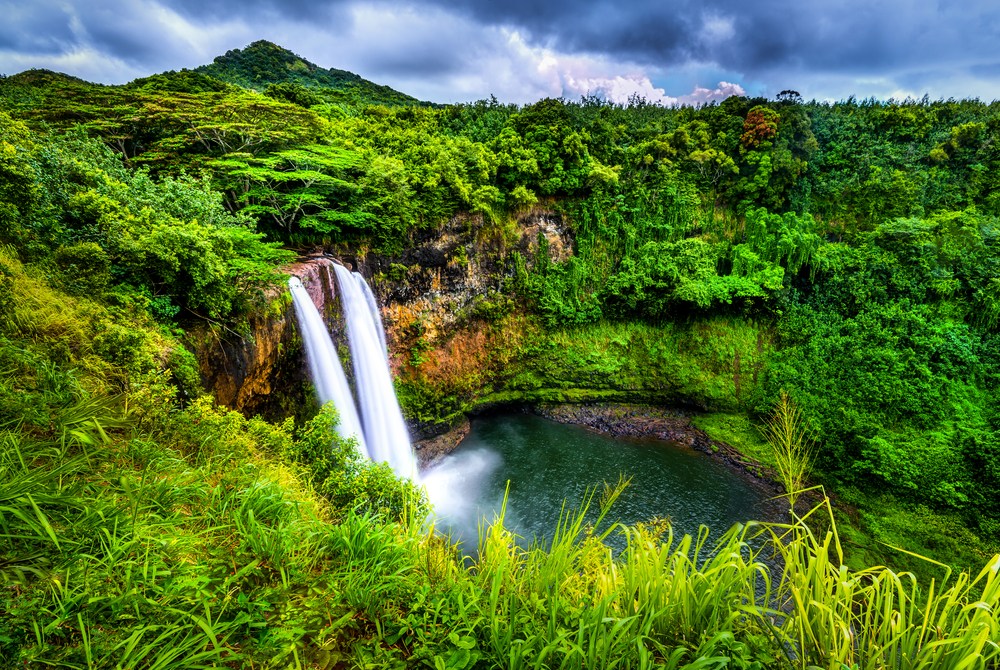
Additionally, permits are commonly used to reduce visitor numbers on trails. Generally, permits are accompanied by fees, but they don’t have to be. “The Central Cascades Wilderness project in Oregon originally proposed both permits and fees, and the way they structured the fees was going to make backcountry trips very expensive,” explains Sanford. “They ended up backing out on the fees but going with the permit system.” Visitors still need to pay the Recreation.gov reservation fee, but the USFS worked to mitigate financial barriers when establishing this new system.
Hope for a More Equitable Future in Public Lands
Until Congress allocates more money towards our public lands, fees will play a vital role in funding operations. But there’s still hope to create more equitable systems. If public land managers do resort to fees, there’s “a lot of room to rethink and reframe how fees really rolle out, especially for those most historically overlooked,” says Peña. Land agencies can — and are — beginning to address these issues in their management plans. Because for many Americans, a $20 fee means the difference between a day out with their family and a day at home.
Top photo: Jimmy Conover/Unsplash
Read more :
- Driving Anywhere and Fixing Anything in a Sweet ’95 Land Cruiser
- Why We Need to Protect Way, Way More Land Than We Already Do
- How to Make Your Own DIY National Park
- Let’s Raise a Glass to Rachel Carson, ‘Silent Spring’ Author, and Badass
- He’s the Number One Competitive Wilderness Sitter in the World

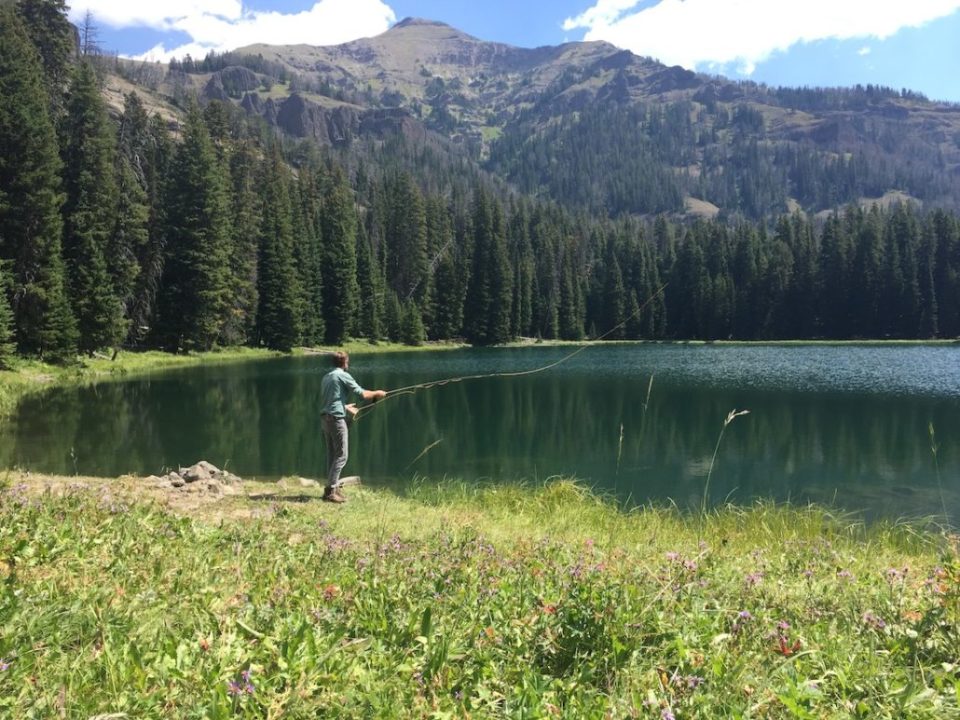
1 comment
When I originally commented I clicked the “Notify me when new comments are added” checkbox and now each time a comment is added I get four e-mails with the same comment. Is there any way you can remove me from that service? Bless you!